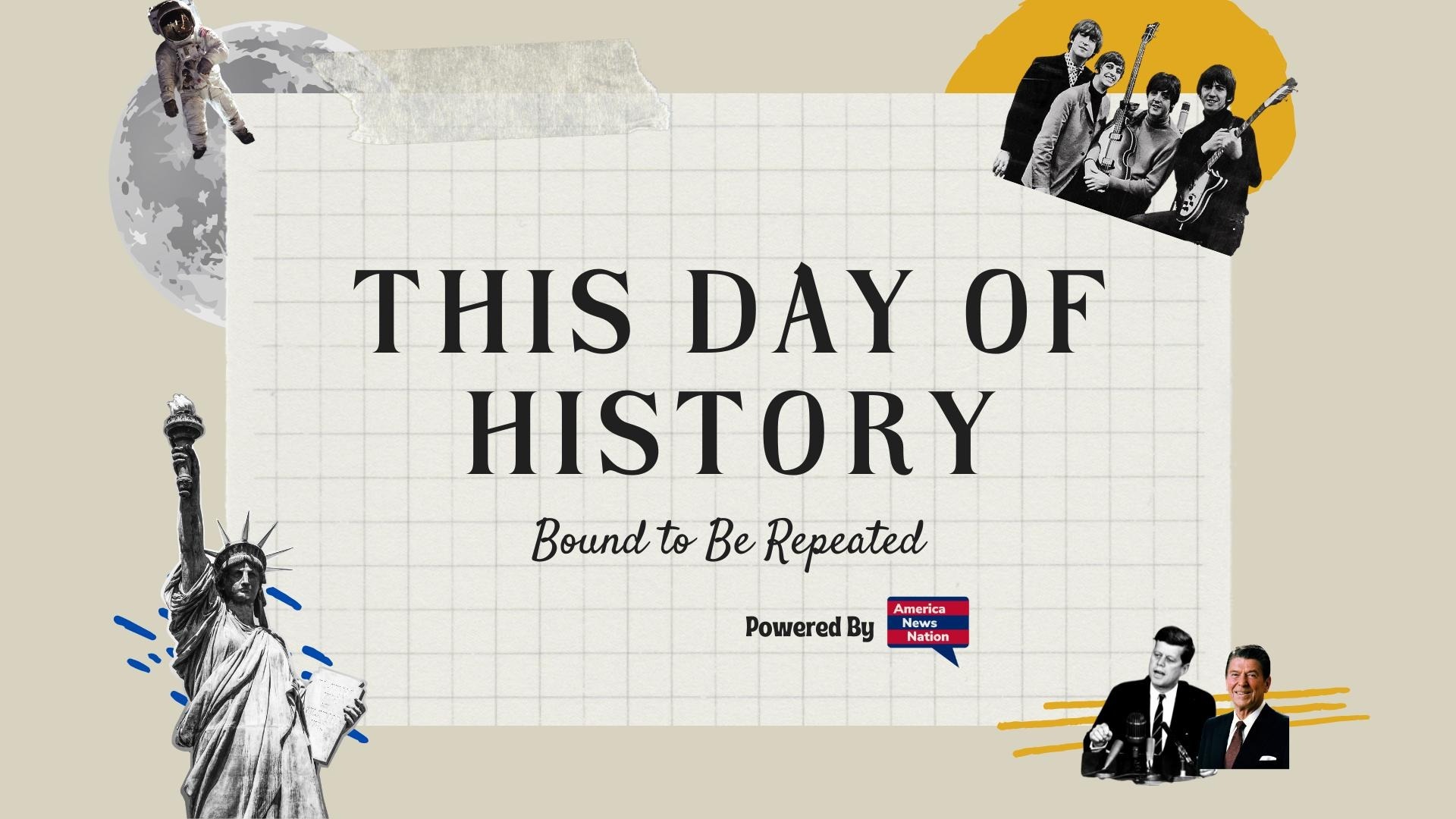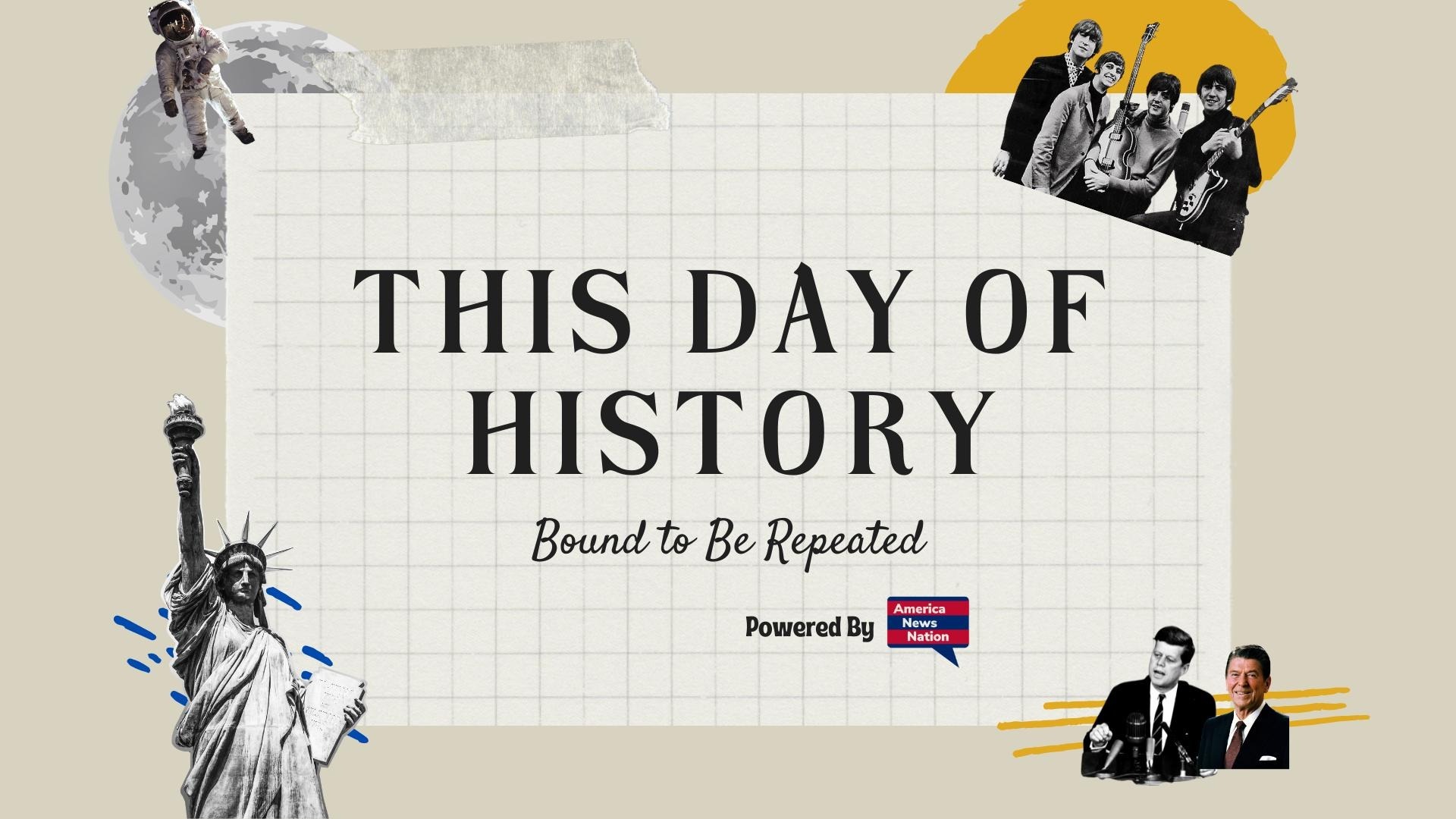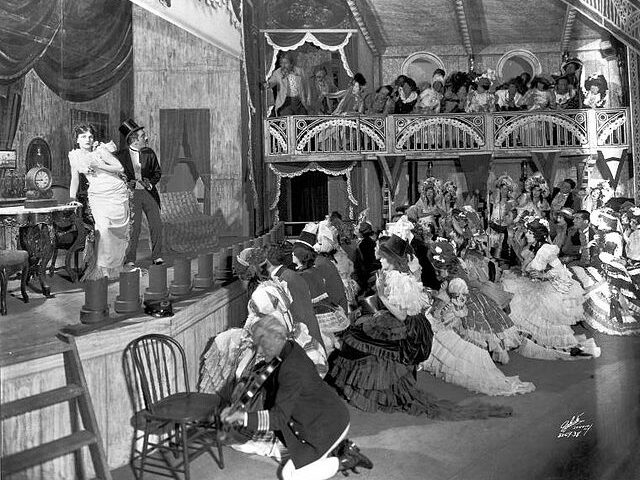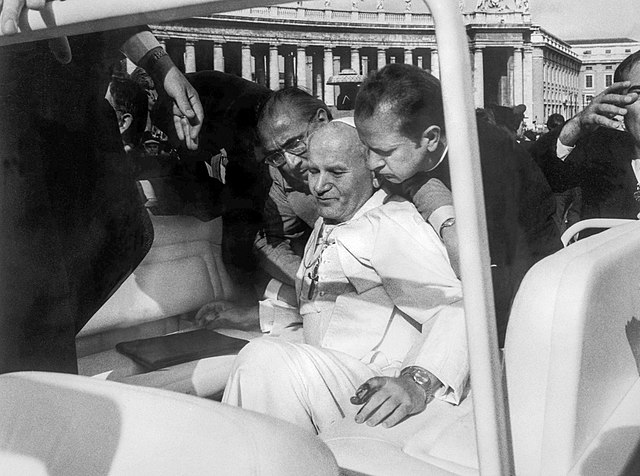On a cool September morning in 1609, an English mariner in Dutch employ guided his ship into the mouth of a vast and unfamiliar waterway. Henry Hudson, sailing under the flag of the Dutch East India Company, had been searching in vain for a northwest passage to Asia. Instead, on September 13, his small vessel, the Halve Maen—the “Half Moon”—anchored in waters that would come to define his name: the Hudson River.
Hudson’s approach was cautious. His crew, weary from months at sea, watched as the brackish tide pushed against their hull. The estuary stretched out before them in silence, framed by steep wooded cliffs and autumn-tinted hillsides. Though he could not know it then, Hudson was entering one of the great natural arteries of North America, a river that for centuries to follow would be central to trade, war, and national identity.
Hudson’s commission had been simple: find a navigable route to Asia by sailing north and west. Earlier voyages had ended in frustration—icebound seas off Spitsbergen, failed passages through the Arctic. But here, in the heart of what Europeans called the “New World,” Hudson glimpsed a possibility. Might this river cut clear across the continent, offering passage to the riches of Cathay? He ordered the Halve Maen upriver.
The journey inland was slow, dictated by shifting winds and tidal pull. Yet the further Hudson sailed, the more promising the land appeared. The river teemed with fish; its banks were lush with vegetation. Villages of the Lenape people dotted the shores, and exchanges soon followed. Hudson recorded trading sessions in which the Dutch swapped knives, beads, and cloth for maize, tobacco, and animal pelts. These encounters were tentative, sometimes friendly, sometimes tinged with suspicion. But the precedent was set: Europe had found another doorway into the interior of America.
Over the following days, Hudson pressed farther north, navigating nearly 150 miles upstream. The waters narrowed, and the ship’s draft began to scrape the shallows. By the time they reached present-day Albany, it was clear the river was not the fabled passage to Asia. Still, Hudson recognized the land’s value. In his log, he praised its abundance and suggested it would reward settlement.
The expedition turned back, retracing its route toward the Atlantic. Yet Hudson’s failure to find a shortcut to the Orient masked a more enduring success. His exploration gave the Dutch Republic a claim to the region, one that would crystallize into the colony of New Netherland and its capital at New Amsterdam—today’s New York City.
For Hudson himself, the voyage was bittersweet. He returned to Europe with tales of fertile land and potential trade, but little of the Asia-bound passage his employers demanded. Within two years he would embark on yet another attempt to pierce the continent’s mysteries, sailing farther north into the icy waters of Hudson Bay, where his restless pursuit of discovery ended in mutiny and disappearance. But the river he charted in 1609 bore his name, and through it his legacy endured.
The Hudson River quickly became more than a geographic feature. It was a lifeline of empire: Dutch traders sent furs and timber downstream; English and French rivals contested its control; during the American Revolution, George Washington deemed it “the key of the continent,” fighting bitterly to keep it from British hands. In the centuries to follow, the river valley became a crucible of American art, industry, and identity—from the sweeping landscapes of the Hudson River School painters to the shipyards and factories that powered the nation’s growth.
Yet at its origin lies a moment of maritime improvisation: a weary crew, a persistent captain, and a gamble taken on September 13, 1609. Hudson sought Asia but found America instead, and in the swirl of brackish tidewater wrote his name across the map of the New World.






